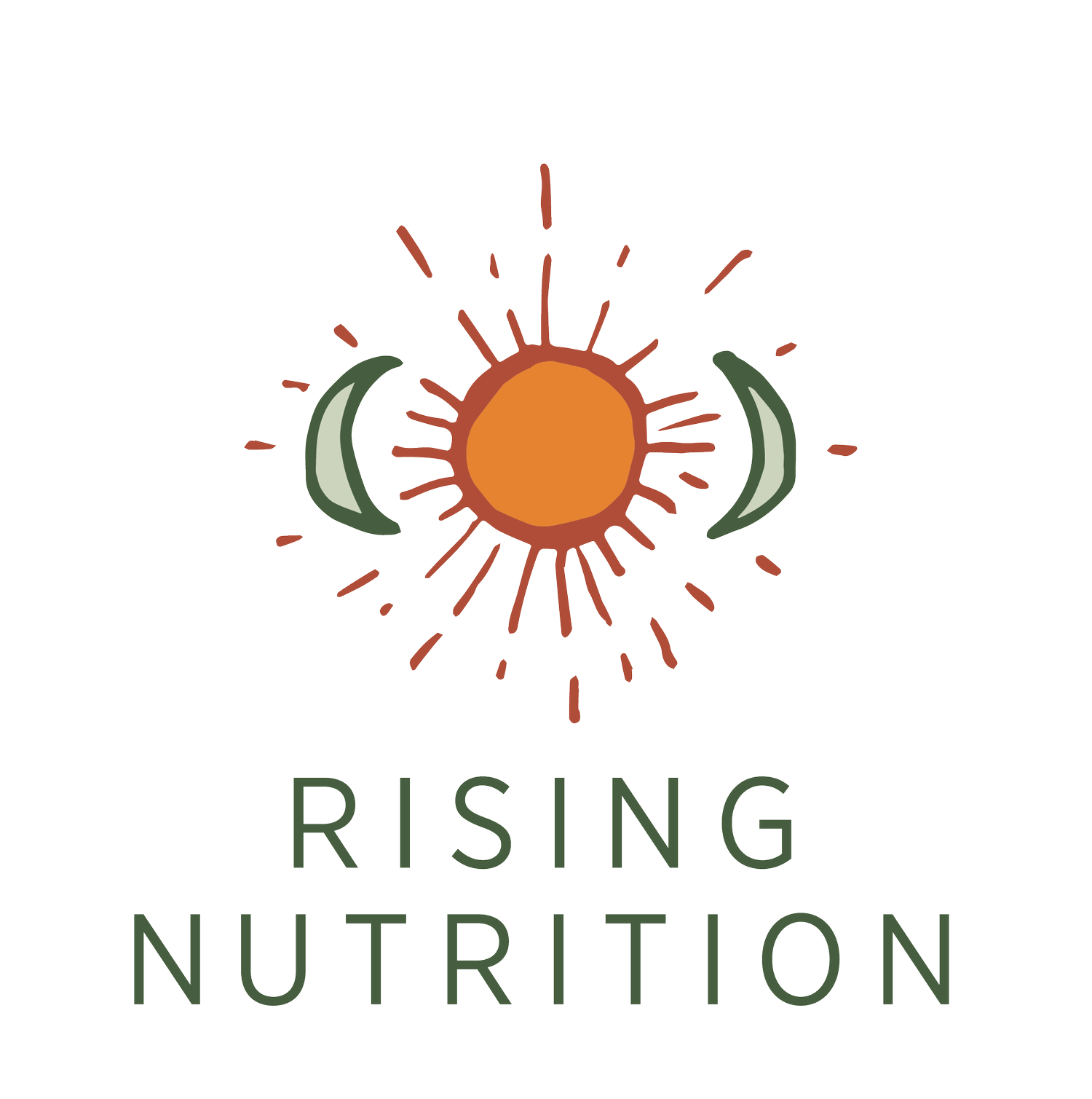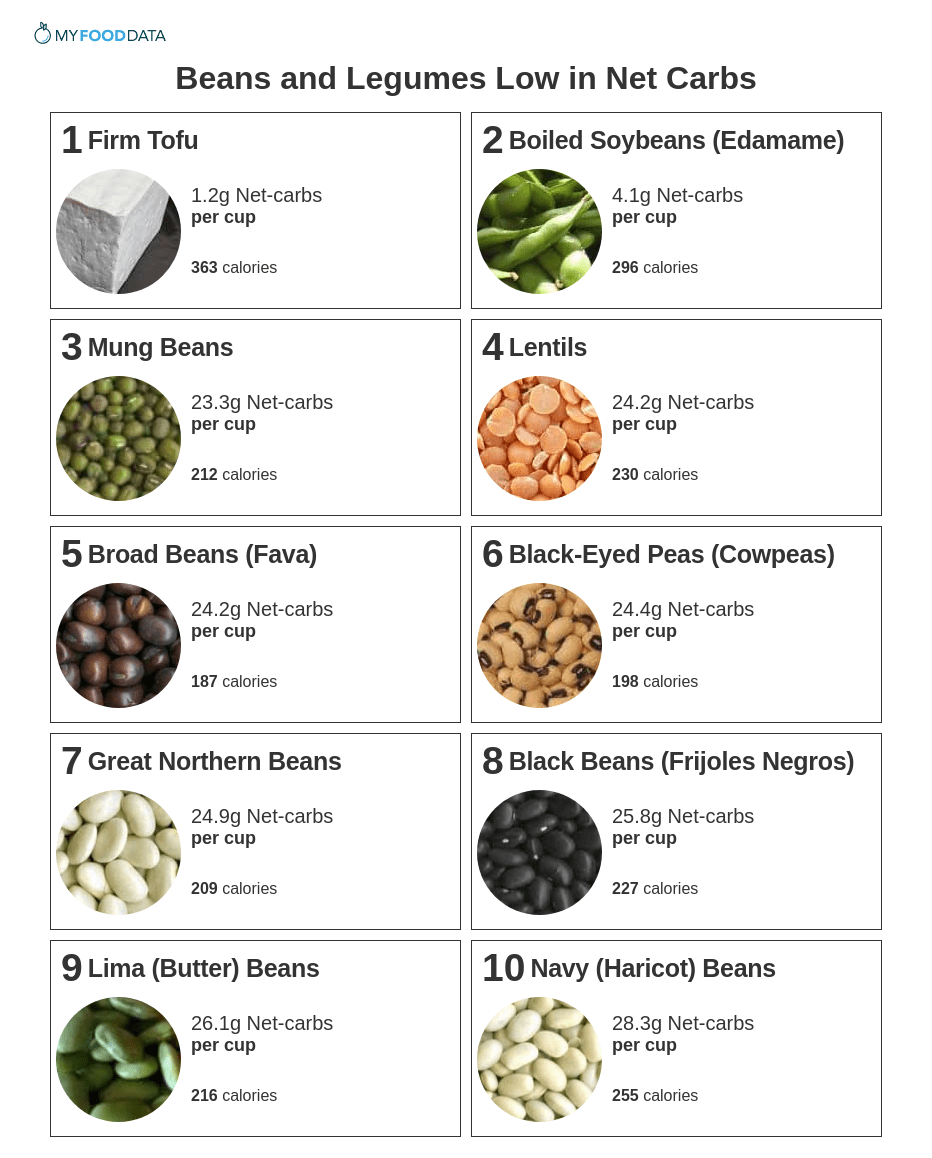Beans, The Musical Fruit
Questions about beans are the most common thing I get asked when I am either in my clinic or hanging out with friends.
Beans are an everyday part of my life. There is either a pot of beans boiling on the stove or a bowl of beans soaking. They are a staple in my pantry and enjoy trying varieties and recipes every week. It's fun to mix it up and rotate my beans as well as make a big batch at a time.
FIRSTLY LET’S TALK ABOUT WHY SHOULD YOU INTRODUCE BEANS INTO YOUR DIET?
One word: fibre. Remember when fibre used to be cool! Well, it's back. It is an indigestible part of plants that cannot be found in animal products and most processed foods but is crucial to our health and ability to digest food properly.
It helps move out the junk and bulk up our food so we can be regular.
Fibre also helps to ensure nutrient absorption and even lowers the risk of chronic diseases. The result is that you will be going to the toilet hopefully more regularly and flushing waste out with ease, the many benefits of a plant-based diet.
In these Blue Zone countries, Ikaria, Greece; Okinawa, Japan; Ogliastra Region, Sardinia; Loma Linda, Calif.; and Nicoya Peninsula and Costa Rica, eating more beans is a fundamental key to living longer and the cornerstone of the diet of those who live over 100 years. (1)
A LITTLE BIT OF HISTORY ON BEANS
Most cultures cook beans with a special seasoning to mitigate their gaseous effects.
In Mexico, they use epazote, similar to oregano, in India, they use asafoetida in Germany they use bohnenkraut (translation: bean plant) as a carminative. In the Middle East, the spice of choice to reduce gas is cumin. Garlic with beans is a typical combination in European cultures. In Japan they use kombu: give them a try. Whether they work chemically, psychosomatically, or not at all it’s worth a try just to get some beans into your diet. (2)
I remember my father used to joke around with me and tell me that beans are food fit only for peasants. Beans are for sure a cheap and economically efficient way to meet nutritional requirements, and for this reason, regions with a high population density or sparse grazing land came to depend on beans. In many countries, China and India in particular, beans retain a central role in the diet to this day. Europe being the so-called developed nations, only those people who could not afford meat depended on beans. Beans are the quintessential peasant food or “poor man's meat".
Eating beans, specially prepared in traditional ways, can become a way to reconnect with one's ethnic roots, a way to express communal solidarity and pride.
My mother’s heritage being from an Egyptian/Mediterranean background, introduced me to many dishes one in particular being ful medames (according to an Arab saying: "Beans have satisfied even the Pharaohs). It was one of my favourite dishes as I recall and when I visit my family in Sydney, Mary J will still make it for me as a snack and sitting on the kitchen table to snack on with fresh Lebanese bread.
SO, IF YOU ARE SOMEONE WHO EXPERIENCES GAS WHEN EATING BEANS, WHAT IS YOUR GAS TRYING TO TELL YOU?
Our bodies adjust to the types of food we eat and our gut bacteria will be optimised for whatever it is confronted with the most – whether that's healthy produce or processed junk. (3)
So when you start replacing animal products with healthy plant-based foods like grains, vegetables, and legumes, you suddenly get a whole different composition of food.
Changing your diet too much too fast can result in constipation, diarrhoea, and bloating.
Scent-Free – simply from hoovering lunch, sipping carbonated drinks, chewing too much chewing gum.
Instant – You have just had a few chews of food and then gas tries to escape. It's your body's way of moving things along. It's your stomach giving your colon a heads up so that it can make room for whatever is coming.
Silent-but-deadly - sulphur-rich foods and cruciferous veggies like cabbage, broccoli, kale, garlic, and onions.
Burning bum - If it burns your mouth it will burn your anus.
Clusters of Farts - if you are gassy for hours on end it is likely that your body likes or dislikes the food you recently ate. Thought, what was that? Go slow next time around.
Inulin, a soluble fibre found in plant foods like beans, lentils, asparagus, and green bananas could cause non-smelly fart clusters. Inulin is also prebiotic, which feeds the healthy bacteria in your gut, so don’t stop eating these foods you are introducing prebiotics the best way.
Farts that are a little smelly could be a sign that you have a food intolerance and are a little backed up. Common ones are lactose and gluten where your body lacks the enzymes necessary to digest those foods properly.
Super-Smelly Farts - when your gut bacteria is out of whack, known as dysbiosis. Dysbiosis can cause digestive drama and lead to some pretty smelly farts. Prebiotics and probiotics can help neutralize the bad bacteria, and in turn, the stench. If your gas persistently smells foul and you're experiencing additional symptoms like weight loss, bloating, nausea, fatigue, or bleeding, definitely see your doctor. "This could signify be malabsorption, which is found in diseases like celiac disease, Crohn's, or small intestinal bacterial overgrowth," says Dr. Nazareth. (4)
WHAT ELSE DOES SCIENCE SAY ABOUT FLATOLOGY?
Bacteria found in your gut are the culprits that break down the indigestible compounds found in dried beans. The bacteria are a series of complex sugars or oligosaccharides such as raffinose and stachyose and verbascose. The metabolic activity of these bacteria produce hydrogen and methane gas, which of course eventually finds its way out of your body.
If you have had many years of improper eating habits this might have caused you to get used to less fibre and therefore, your bowels will be pretty overwhelmed with the extra work they have to do.
So eventually you will get used to larger volumes and new types of food especially cruciferous vegetables and beans, some of the healthiest foods on the planet. Over a few weeks transition and changing your food slowly will avoid digestive distress. Once your digestion smooths out it will feel lighter and hopefully have no more stomach pain. Smoothing out your digestive tract can also help clear up your skin and build up elasticity, boost your energy, and keep you healthier overall.
SIMPLE STRATEGIES WITH WELCOME RESULTS
So don't let a past uncomfortable experience with gas scare you off forever. All it takes is a few dietary changes and simple strategies.
Start a food diary and eat small amounts of beans, Brussel sprouts, and onions. Write down which foods work well for you, drink plenty of water, and move your body to encourage proper digestion.
TIPS FOR PREPPING AND EATING BEANS TO REDUCE GAS
If you enjoy eating legumes and want to include them in your diet there are several steps you can take and things you can do to decrease the risk of suffering from uncomfortable gas as a result.
1. SOAK BEFORE COOKING
Studies have shown that soaking dried beans for 8-12 hours before cooking can help to reduce the number of raffinose sugars.
Less raffinose in your soup or chilli will help to make the legumes easier to digest.
2. GRADUALLY ADD BEANS TO YOUR DIET
Beans are high in fibre. This is a great thing, but it can also cause bloating and discomfort if your body isn't used to eating and digesting higher amounts of fibre regularly.
So, start slow and then gradually increase your portions as your body adjusts.
3. DRINK PLENTY OF WATER
As most of the unwanted symptoms related to eating legumes are due to fermentation in the large intestine, one way to reduce symptoms is to keep everything moving through your system so drink plenty of water this will help to keep everything running smoothly, giving the bacteria in your intestines less time to produce those gasses.
4. CHEW THOROUGHLY
Everything starts in the mouth and then eventually reaches the stomach and intestines. Eating more mindfully chewing helps to break food down into smaller pieces so that nutrients can be digested and absorbed more easily. So chew your food thoroughly to improve digestion.
5. CONSIDER DIGESTIVE ENZYMES
If you are one of the unlucky individuals who are especially sensitive to the gas formation from legumes and has followed all the tips try reducing gas by adding baking soda to the cooking water, as it helps to soften the skins. (Give this a try or try one of the tips in the history section).
HERE ARE SOME OTHER DIGESTION-FRIENDLY SPICES PLUS THEY CAN ADD A NICE FLAVOUR TO YOUR BEANS!
Recent studies have suggested that these spices may help with digestion and abdominal discomfort. (6)
Cardamom
Cumin
Fennel
Ginger
Peppermint
Simply add one teaspoon of one of these herbs or spices to your cooked beans, or more to taste. My three favourites are garlic, ginger, and cumin. I pretty much eat it every day.
KEEP LEFTOVERS IN THE FREEZER
If you want a full pot of beans and leftovers, make three cups of dried beans. Unlike most foods, they only improve the more they are reheated. If you want one or two servings, cook only a cup of beans, which will roughly triple in volume when cooked, depending on the bean. Play around with cooking times, seasonings, and amounts of stock. I like my beans mushy so cook them for an hour or two with plenty of stock and then reduce it till there is no juice left in the pot.
BANG FOR YOUR BUCK!
NUTRITIONAL VALUE OF BEANS AND LEGUMES
Beans and legumes are rich in protein, Fibre, B-Vitamins, iron, folate, calcium, potassium, phosphorus, and zinc. Most beans are also low in fat. Legumes are similar to meat in nutrients, but with lower iron levels and no saturated fats.
Beans highest in protein are kidney, black, pinto. Chickpeas are another legume with high protein content. Both beans and chickpeas contain about 15grams of protein per cooked cup (240ml).
References:
1. Bluezone philosophy: https://www.bluezones.com/live-longer-better/
2. Albala, K. (2017). Beans: A History. United Kingdom: Bloomsbury Publishing.
3. https://www.shape.com/lifestyle/mind-and-body/what-your-farts-can-tell-you-about-your-health
4. https://theplantfedgut.com/wp-content/uploads/2020/06/Fiber-Fueled-References-Bulsiewicz-1.pdf
5. https://www.drsamnazareth.com/blog
6. Indian J Med Res, May 2004 Digestive Stimulant action of spices: A myth or reality?
7. https://www.drfuhrman.com/blog/62/the-healthiest-anti-cancer-foods-g-bombs









